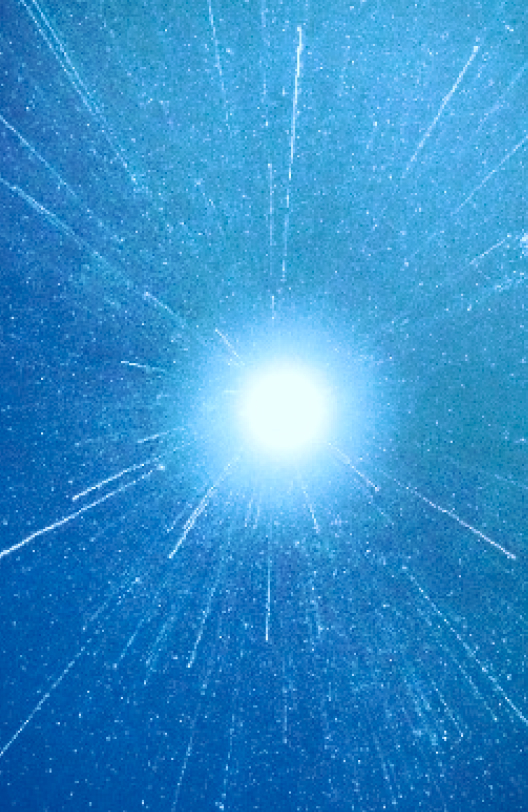Design house / For innovative Photonics
Control Your Photonic - Components Supply Chain With Bright Solutions
Serving Leading Automotive customer
Serving Leading High-Power laser customer
Serving leading Datacom and Medical customers
(photonics, optics, systems Engineering, etc.)
As a key partner in your quest for a customized solution and to control your supply chain, our team of experts can optimize your most challenging needs across four comprehensive phases.
Compatible SCOF for SM signals delivery at 1µm
Passive matched DCOF for high power fiber laser.
Passive matched DCOF for 1µm high power fiber laser
Passive LMA DCOF for 1µm high power fiber laser
Compatible SCOF for SM signals delivery at 1µm
Passive matched DCOF for high power fiber laser.
Passive matched DCOF for 1µm high power fiber laser
Passive LMA DCOF for 1µm high power fiber laser
Compatible SCOF for SM signals delivery at 1µm
Passive matched DCOF for high power fiber laser.
Passive matched DCOF for 1µm high power fiber laser
Passive LMA DCOF for 1µm high power fiber laser
Customer: Leading global customer
Goals and motivation: Improved production yield and signal SNR
Project highlight: Multiple fiber fusion splicing to waveguides in photonic chips. IP-based solution. Fusion splicing of fibers is stronger than adhesives, more robust and provides lower optical losses

Customer: Picodya
Goals and motivation: Gen 2 full optic system for Improved blood exam processing, miniaturization and product COGS reduction
Project highlight: Novel IP based solution –Miniaturized optical assembly, including customized multiple waveguides that allow illumination of the sample and light collection based on Picodya B-matrix® innovative concept for point-of-care tests

Customer: Leading high power laser manufacturer
Goals and motivation: Providing the customer with better control over their supply chain for securing second source and for custom-made modifications
Project highlight: New active customized high power laser fiber for production tools/machines. Targeting mass production and 2nd source of the supply chain

Under construction